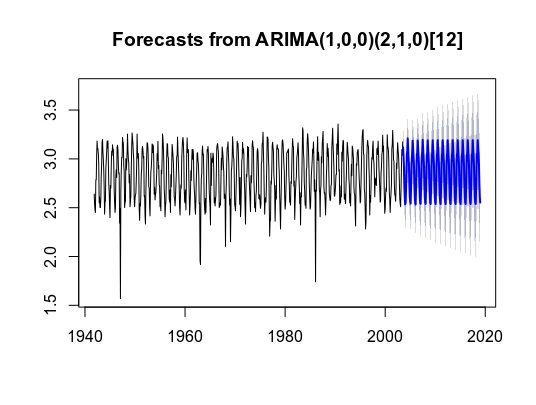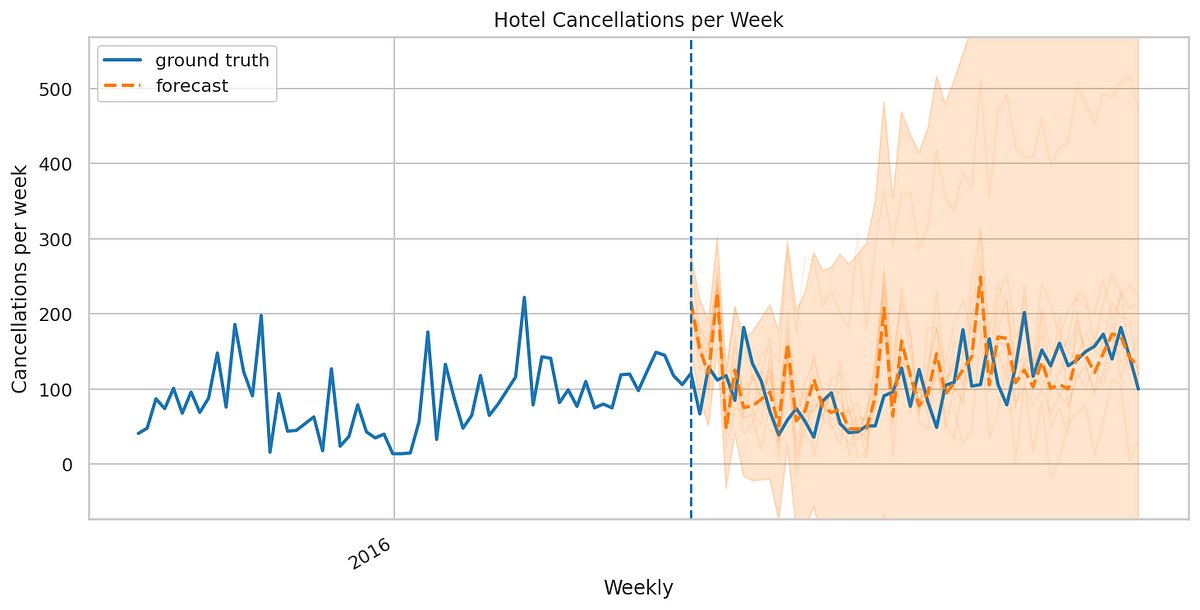In the field of metaphysics, there are two quite interesting theories on how time actually works: the **A-theory **and B-theory of time.
A-theory: Argues that the present is distinct from the past and future and that the flow of time from the past to the future is real. For instance, an A-theorist would argue that the year 1970 and the events that took place in that year are metaphysically different from the year 2020 and that the flow of time during this period has marked a period of continual transformation. Time can essentially be thought of as a real entity under this view, much like gravity.
B-theory: Argues that the present is not metaphysically different from the past or future. In fact, an extreme B-theorist would argue that there is no such thing as the past or future — time is merely a concept that was invented by humans as a means of making sense of the world. If it were not for our memories, the past would not exist and the future is simply comprised of an individual’s thoughts of what that supposed future could look like. For instance, one could make the argument that the year 2022 is technically not real, and no different to the present time. It is simply a group of dates marked on the standard calendar used by the world to mark our perception of a specific interval of time.
These arguments are very philosophical in nature and I won’t explore them extensively here. However, I find that they do provide a very good framework for thinking about time series forecasting and its effectiveness in general.
Are We Unwittingly Predicting The Past?
For instance, when a time series analyst tries to predict weather patterns — are they really trying to “predict” anything?
Temperature data — for the most part — is largely seasonal. For a country in the Northern Hemisphere, we can say with a high degree of certainty that the average temperature in June will be higher than that of February. The reason we can assert this is simply because many years of past data exists in order to back this up.
For instance, an ARIMA model identifies the below temperature time series as having a strong seasonal component — and makes forecasts accordingly.

In that regard, a time series analyst is not predicting the future so much as “predicting the past”. A model can predict that a hot July month is on the way, but this is also something that has happened in the past. It is not new.
That said, physics does make the argument that entropy is an inherent property of time — that “all things tend towards disorder”. Let’s take the weather example once again. With climate change and rising global temperatures becoming an ever-increasing concern, this could mean that temperature forecasts become increasingly inaccurate going forward.
For instance, there is still debate as to whether climate change will result in higher average temperatures across all months — or if it might even result in a situation where the melting of polar ice caps would in fact result in a global cooling. Indeed, the result could be hotter temperatures in summer and colder temperatures in winter.
#timeseries #probability #data-science #machine-learning #uncertainty #data analysis
